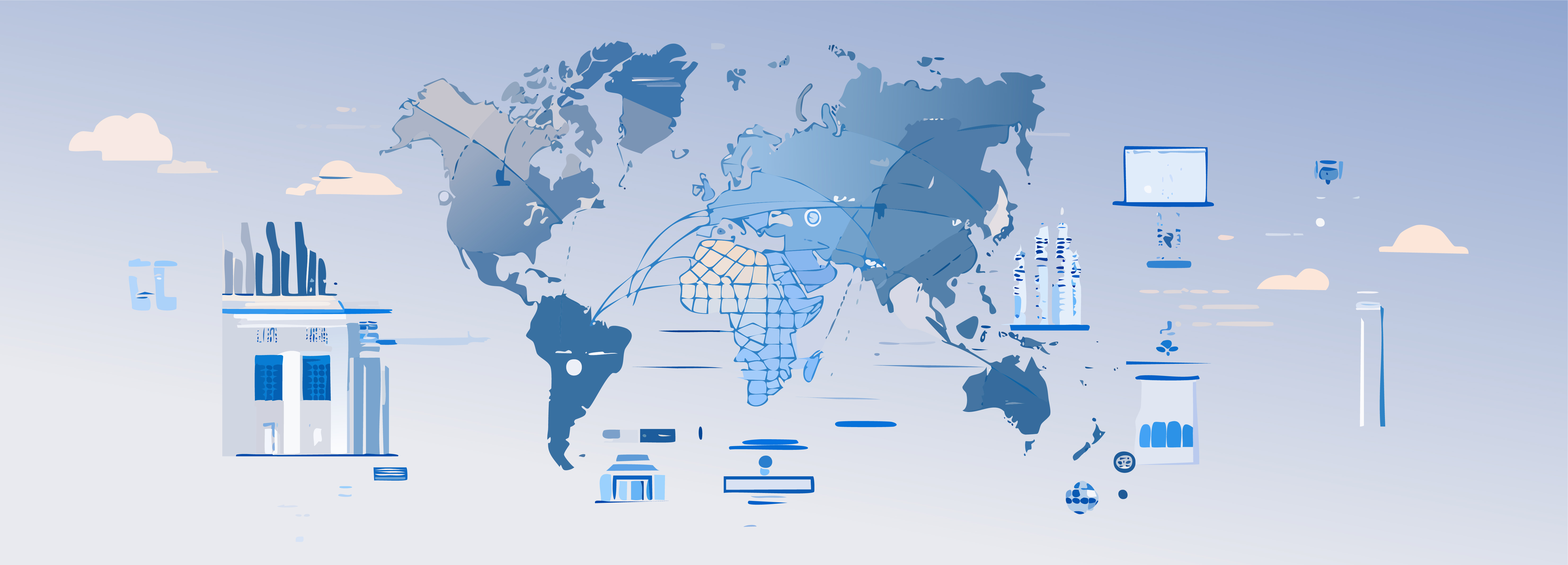Your Board Is Thinking About Geopolitics and Your Supply Chain

Your Board Is Thinking About Geopolitics and Your Supply Chain
Here’s some tips on how to make them a little less worried.
Geopolitical disruption is no longer an outlier—it’s the new normal. From shifting trade alliances to regulatory crackdowns, companies must evolve their supply chain management or risk being left behind. A recent article from Harvard Law’s Forum on Corporate Governance outlines five areas where forward-looking companies should act now. This is a playbook for leadership—not just for boards, but for any business aiming to stay resilient and competitive.
1. Make Geopolitical Risk a Core Business Issue
This is no longer a topic just for the risk committee. Companies must integrate geopolitical threats into day-to-day decision-making—from where they source materials to how they structure partnerships. Scenario planning should guide everything from procurement to product rollouts.
“Are we equipped to shift course when global policy or conflict changes overnight?”
2. Upgrade Compliance from Reactive to Strategic
Global sanctions, ESG mandates, and forced labor regulations are increasing in complexity. Companies should stop treating compliance as a check-the-box function and start making it a strategic differentiator. That means automating due diligence, mapping third-party risks, and keeping pace with evolving regulations.
Companies that can’t prove ethical sourcing and risk mitigation will be left out of major markets and contracts.
3. Build Supply Chain Resilience Now—Not Later
Supply disruptions—physical, cyber, or geopolitical—are unavoidable. The companies that succeed are those that invest in transparency and redundancy now. That means diversifying suppliers, nearshoring where possible, and using real-time tools to trace inputs across tiers.
You can’t fix what you can’t see. If you don’t know where your suppliers and sub-suppliers are, you don’t know your risk.
4. Institutionalize Scenario Planning Across Functions
Scenario planning isn’t just for crisis teams anymore. Every department—from finance to sourcing—should run “what if” simulations tied to global instability: trade war, cyberattack, raw material bans, etc. Companies that do this well have fewer surprises and better agility.
Resilience doesn’t come from a single plan. It comes from a planning culture.
5. Foster a Culture of Informed Optimism
Even amid disruption, data and preparation can breed confidence. Companies should create structures that reward supply chain transparency, celebrate proactive risk mitigation, and embed geopolitical awareness into training and leadership development.
The goal isn’t to avoid risk—it’s to be ready for it.
What This Means for Companies
At FRDM, we believe intelligent risk management is a competitive advantage—if you know where to look. Our platform helps companies:
- Supply chain mapping down to the raw material level
- Screen vendors for compliance with sanctions, labor laws, and ESG expectations
- Model disruption scenarios and run impact simulations across global supply chains
- Automate certification collection and due diligence workflows
Ready to Act? Here’s Where to Start:
- Map Your Supply Chain Blind Spots — See what you don’t know with FRDM.
- Simplify Your Risk Data — Let us help you consolidate due diligence and compliance into one dashboard.
- Test Your Readiness — Ask us about FRDM’s scenario simulation toolkit.
In uncertain times, leaders lead. FRDM is here to help companies turn risk into readiness—and resilience into competitive edge.
Demo FRDM today to understand how our solution can help your business.








